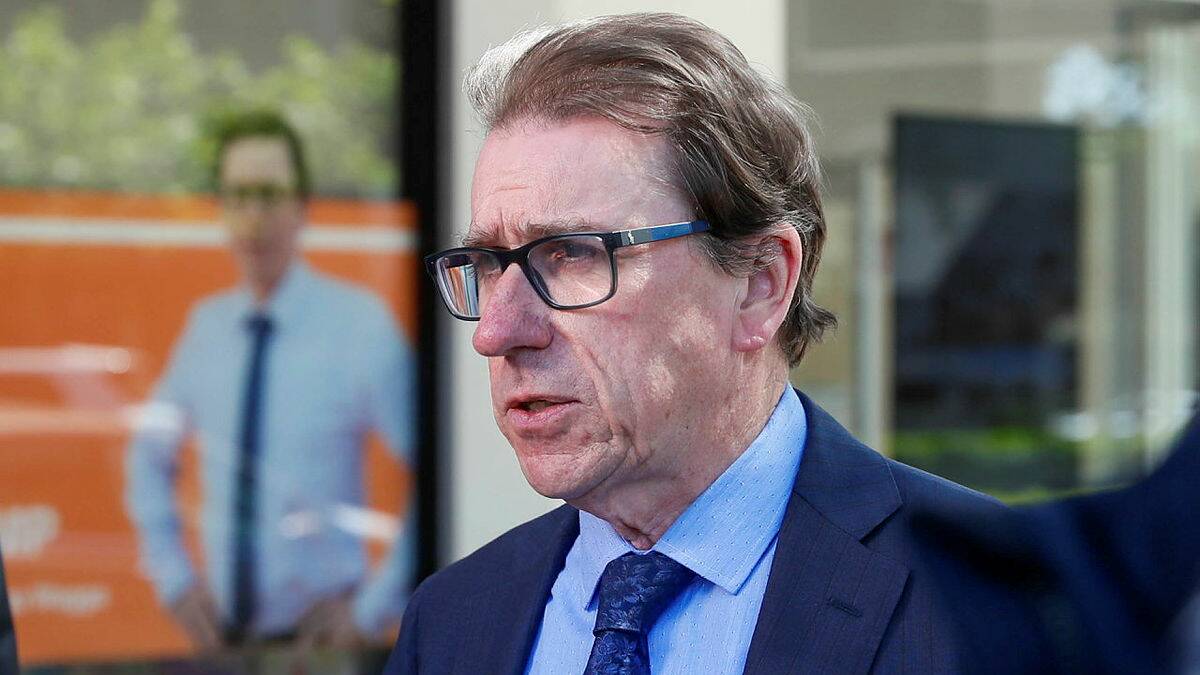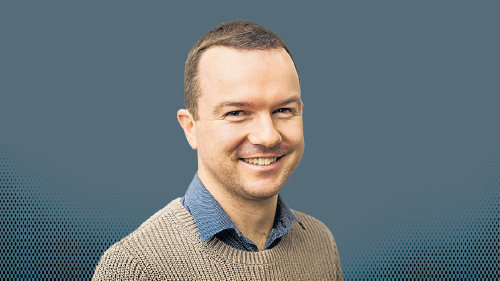Member for Wagga Joe McGirr has backed a decision by the state government to green light the aerial culling of brumbies in the Riverina highlands.
Subscribe now for unlimited access.
or signup to continue reading
On Friday, NSW Environment Minister Penny Sharpe announced aerial shooting of wild horses in the Kosciuszko National Park would recommence for the first time in years as the park's native wildlife and ecosystems come under increasing threat due to booming populations.
Currently set to miss a legislated target to reduce numbers to 3000 by 2027, the state government has adopted an amendment to the Kosciuszko National Park Wild Horse Heritage Management Plan authorising aerial shooting as an additional control method to reduce wild horses numbers.
Ms Sharpe said while she understands some will be "upset" by the decision and "empathises with those who feel distressed", she believes the control programs were necessary.
Dr McGirr agreed, saying he believes approving aerial shooting is "the right decision", but he acknowledged it was a "very hard" one for the minister to make.
"This is a very difficult issue," he said.
IN OTHER NEWS:
Environmental groups have long called for the use of aerial shooting, a move that was also supported at a federal parliamentary inquiry in early October, which found native species in the alps are facing extinction if something is not done.
"There has been a period of consultation on whether to include [aerial shooting] in the [management] plan," Dr McGirr said.
Feral horse numbers have exploded since then-NSW Nationals leader and deputy premier John Barilaro opposed culls in favour of trapping and re-homing in 2018.
Some forms of culling were reintroduced in 2021 in an effort to bring the population to a "sustainable" headcount of 3000 within six years.
But numbers have instead been increasing, reaching 18,800 in NSW and 25,000 across the Alps, according to official figures.
When asked whether there is a more humane way to deal with the booming brumby population, Dr McGirr said a number of other methods have been tried and failed.
"Trapping and rehoming are all in play at the moment and are not controlling the numbers," he said.
Dr McGirr said he has discussed other options with the minister, but believes while they might have worked for lower numbers, the current population is simply too high.
"We're talking about estimates of between 14,000 to 23,000 ... all other methods apart from aerial culling just won't control those numbers," he said.
A preliminary shooting program developed with an independent wildlife veterinarian and RSPCA NSW is set to begin shortly, with areas of the national park to be closed during this process.

While Ms Sharpe is confident aerial shooting can be carried out in accordance with rigorous animal welfare standards, animal rights groups point to the difficulty of shooting the head of a moving target.
The minister's decision has drawn sharp criticism from Labor's key left-wing ally, with Animal Justice MP Emma Hurst casting her party's support for the government into doubt.
"When the last government-sanctioned aerial shooting of brumbies took place at Guy Fawkes (National Park), horses were found days later still alive with bullet wounds," Ms Hurst said.
"This is the sort of bloodbath we will likely see again."
The loss of her vote would force Labor to rely on at least one vote from the right to pass any legislation opposed by the opposition.
According to a 2023 state government survey, aerial shooting won 82 per cent support during public consultation, from the 9500 submissions commenting on the proposal.
Our journalists work hard to provide local, up-to-date news to the community. This is how you can continue to access our trusted content:
- Download our app from the Apple Store or Google Play
- Bookmark dailyadvertiser.com.au
- Follow us on Twitter
- Follow us on Instagram
- Follow us on Google News
- Make sure you are signed up for our breaking and regular headlines newsletters















